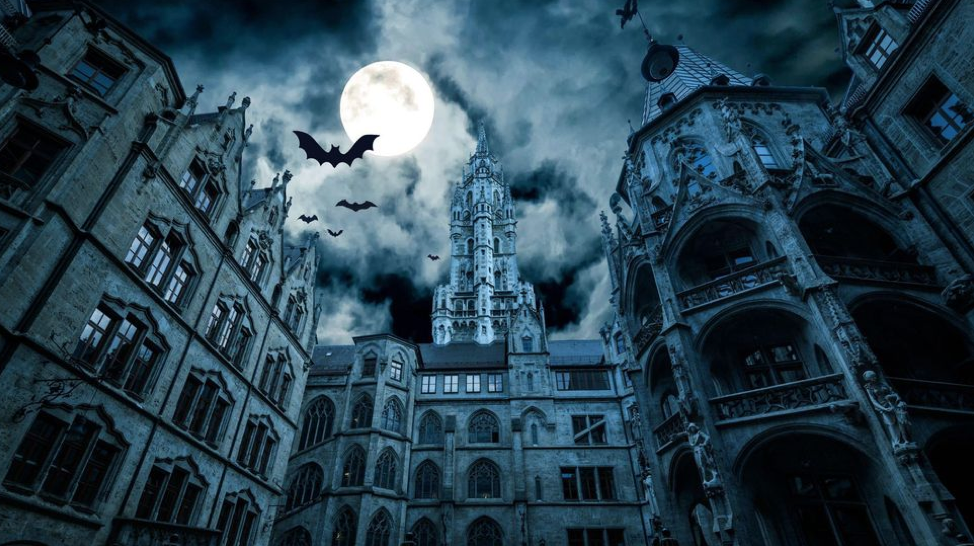A Look at How Gothic Culture has evolved from Architecture and Literature to a Lifestyle
Image Courtesy: Strike Magazine Tallahassee
Gothic culture has evolved substantially over hundreds of years. It’s kind of crazy to think about- the original Goths were a Germanic tribe who opposed Roman rule in 300 and 400 A.D. Nowadays, when someone says Goth, we are quick to associate that term with individuals who base their style off a music subculture. With that said, these two groups are not as different as one would expect. Put simply, Goth culture began with Gothic architecture.
Image Courtesy: BBC Culture
Although gothic architecture did not surface until 1,000 years following the tribe's reign, their name was tacked onto churches that were constructed soon after their rule. Gothic architecture had a few focal points, including height, vaulted ceilings, and pointed arches. The intention behind such a revolutionary style of architecture was to construct a warmer setting for people to observe Christianity. Truthfully, I don’t think the master builders realized just how intimidating these massive stone structures really were. Over time, this architecture evolved from being viewed as revolutionary to dark and eerie, as portrayed in the photo above. This darkness is something the modern goths have embraced with open arms, as much of their style comes from the colorless.
Image Courtesy: Rebels Market
As we moved closer to a time of artistic expression, we saw the likes of Edgar Allan Poe rise to fame. Poe, one of my favorite authors, is considered the father of Gothic literature. Writing unsettling stories such as The Tell-Tale Heart, The Black Cat, The Pit and the Pendulum, and many more. Now, you may be wondering, “What do Edgar Allan Poe stories have to do with Goth culture?”. Well, let me tell you.
A culture that lives for dark aesthetics and loves art that goes against the grain finds raging similarities with the Gothic culture of the past. It was not a common literary genre when Edgar Allan Poe began writing his stories that emphasized unnerving atmospheres and toyed with the deepest fears in one’s mind. In fact, it was likely frowned upon. However, it was unique, and it screamed ‘different’, but in an in-your-face type of way. Similar to Gothic architecture, it’s big, it’s eerie, and it’s in your face. Ultimately leading to today’s Goths, who are different, love dark aesthetics, and love to go against the grain. For that, we must commend them, as it is no easy feat to do so in a world filled with colors and judgment.
Image Courtesy: Psylo Fashion
So, if you ask me, “What’s the difference between Gothic architecture, literature, and culture?”, the answer is there isn’t much. They are derivations of one another, as they are all within arm's length of one another. Moreover, they all combine the amazing qualities of rocking the darkness and doing so beautifully. So next time you pick up an Edgar Allan Poe story, walk past a Gothic Cathedral or pass by a modern-day Goth, take a moment to appreciate the evolution of the culture.
Strike Out,
Writer: Lucas Zaret
Editor: Addy Crosby
Graphic Designer: Ashley DeCardenas
Tallahassee




